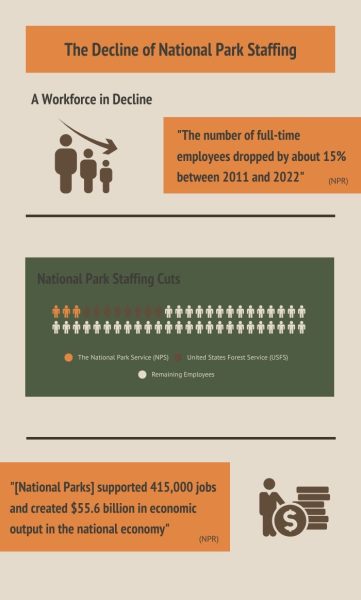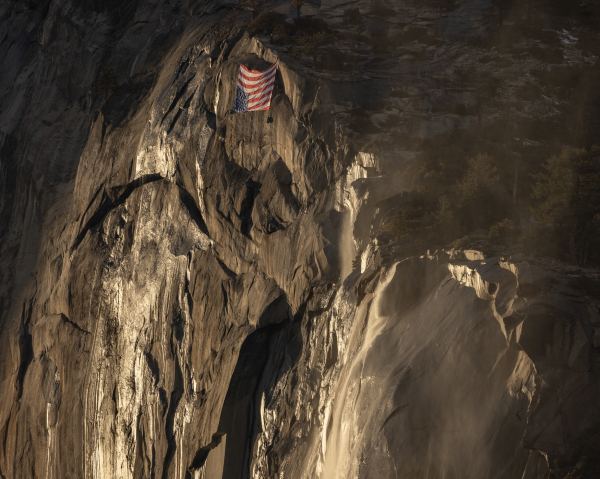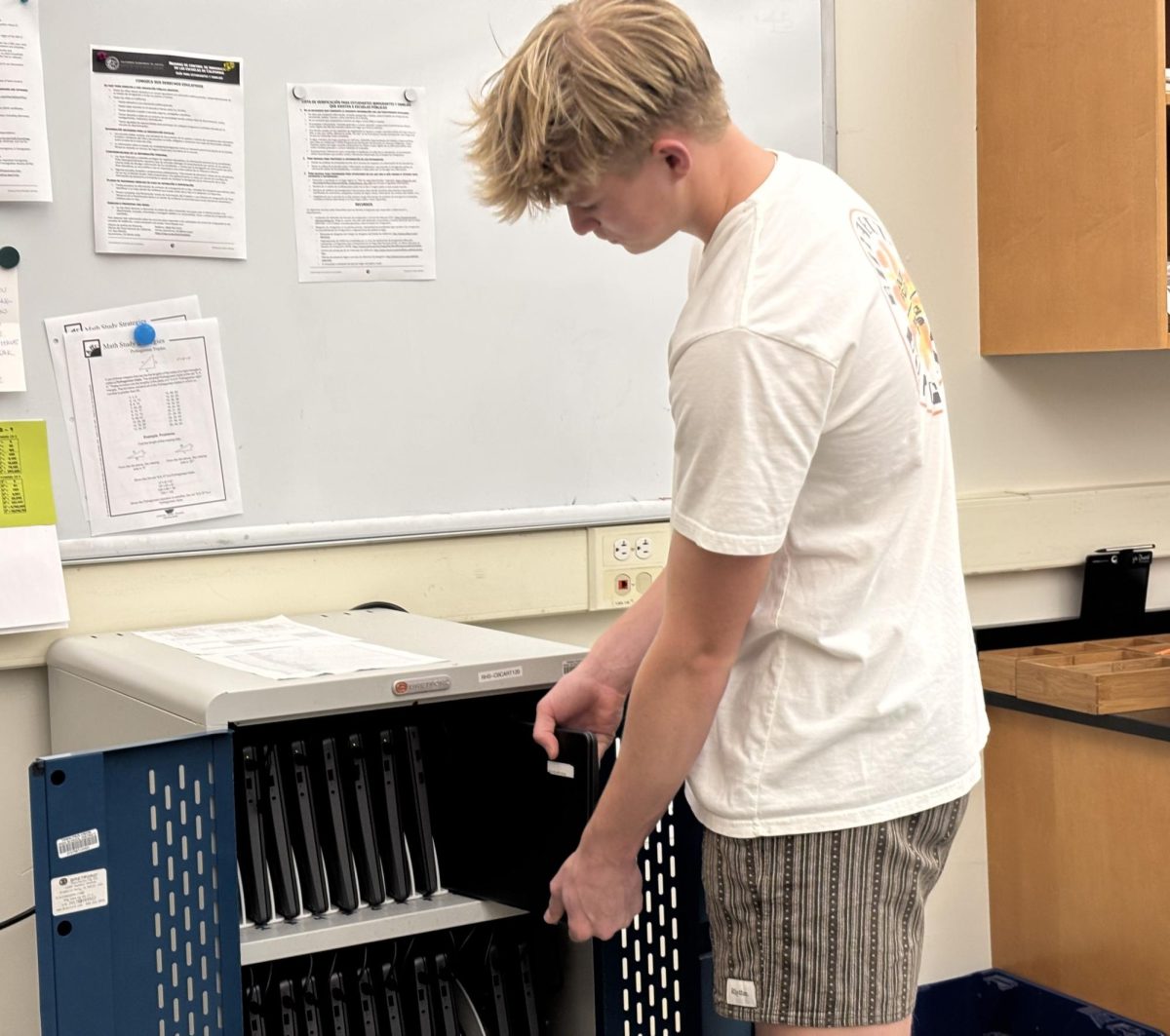Recent layoffs at the National Park Service (NPS) and the U.S. Forest Service (USFS) have raised concerns about the future of national parks’ safety. Due to federal spending cuts, nearly 1,000 NPS and about 3,400 USFS employees were let go in the spring of 2025. These staff cuts could impact park operations, maintenance and safety.
California Senator Alex Padilla voiced his concern regarding the news of the recent layoffs on X (formerly known as Twitter).
“The cuts to the National Park Service are reckless and impact our communities and local economy,” Padilla said. “National parks are the pride of our country. We should invest in them and support the employees who keep them running.”

Padilla fears the repercussions of these employment cuts. Kobe Pole, a former Redwood student and a park ranger paramedic at Yosemite National Park, worries the cuts could affect public safety in parks.
“With fewer seasonal hires, we’re going to be working with a skeleton crew,” Pole said. “It’s not uncommon in the summer to have two or three incidents at the same time, and this year, we may not have enough staff to handle them all.”
Many national park supporters worry that the delayed hiring process due to federal budget uncertainties and administrative backlogs may greatly affect how the parks will run in its upcoming busy season. Funding freezes and shifting budget priorities under the Trump administration have slowed the approval of seasonal staff positions, creating delays that put parks at risk of being understaffed. Normally seasonal hiring begins in December or January, but this year, parks are struggling to stay on schedule.
“We’re several months behind schedule,” Pole said. “If we don’t have enough seasonal staff, we’ll see a decrease in visitor services and response times to emergencies.”
Kristen Brengel, from the National Parks Conservation Association, shares similar concerns.
“These indiscriminate cuts are neither strategic nor efficient, they are devastating,” Brengel said. “Spring break is only days away, and staffing cuts could leave parks unable to handle emergencies, serve visitors or safeguard precious historic and natural resources.”
“Without the proper workforce, large parks like Yosemite will be unable to manage visitation in the busy summer months effectively,” Padilla said.

The impact of staffing reductions has already been felt in Yosemite, where an unusual protest took place in February 2025. During the iconic Firefall event, a group of park employees and supporters presented an upside-down flag from the slide of El Capitan. The flag, traditionally a symbol of distress, was used to draw attention to the staffing reductions. The protesters aimed to highlight the growing risks posed by the ongoing layoffs.
While no specific cuts to Marin’s parks have been announced, the ripple effects of reduced staffing and resources could be felt locally. Marin’s parks such as Point Reyes National Seashore, Muir Woods and Angel Island are vital to the economy, recreation and preservation of local wildlife.
As the summer season approaches, park staff and advocates call for quick action to address these staffing shortages. They urge the public to contact lawmakers and push for increased funding to help maintain and protect national parks.








